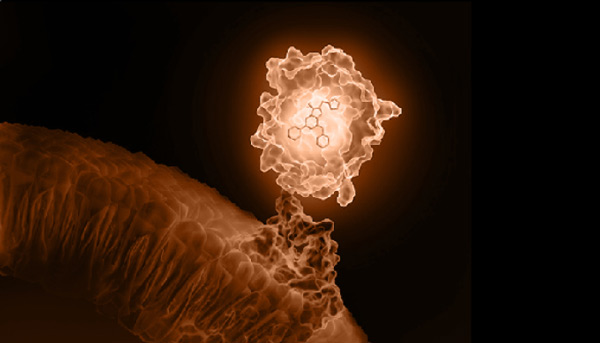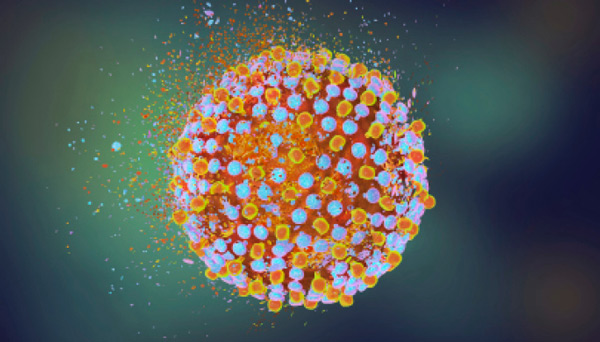Reporter Viruses
Because of the small size of the NanoLuc® luciferase reporter gene and the HiBiT tag, they can be inserted into the viral genome without disrupting packaging or enzyme activities, for easy monitoring of viral processes in vivo.
Small Reporters Advance Virology Research
Recombinant reporter viruses are important tools for furthering our understanding of viral life cycles and lethality in cell and animal models. Reporter viruses make it easier to follow infection in the same animal over time and quantify events such as cellular entry and replication.
Insertion of large reporter genes (e.g., firefly luciferase) into the genome often causes defects in viral processes. Because of their small size, NanoLuc® and HiBiT tags can be stably inserted into the viral genome without disrupting the natural biology of the virus. This article highlights several recent studies that use NanoLuc® and NanoBiT® technologies to create stable reporter viruses to investigate viral pathogenecity and transmission in vitro and in vivo.
Luciferase Size Comparison

Recombinant Reporter Viruses with NanoLuc® Luciferase
A number of recombinant viruses and virus-like particles have been created with NanoLuc® Luciferase. To search for a citation featuring a recombinant NanoLuc® virus, enter the virus name in the Search box below.
Search for citation
Additional Resources

Reporter Technologies for Virology Applications
Watch this presentation to learn about luminescence-based technologies that enable viral research applications not possible in the past.

Understanding Hepatitis C Viral Particle Formation
Learn more about a system used for investigating the process of hepatitis C virus assembly in this paper.

Tracking Influenza Infection in Mice in vivo
This blog discusses a paper on constructing an influenza reporter virus that does not affect virulence.